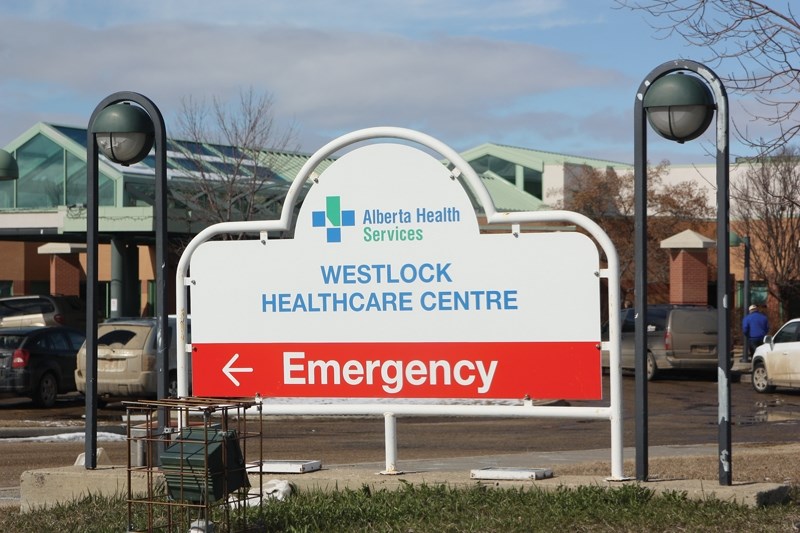The Westlock Healthcare Centre can now provide big-city care for rural stroke patients since receiving upgrades as part of the province-wide Stroke Action Plan (SAP).
The Stroke Unit Equivalent Care (SUEC) initiative enhances rural stroke services in order to deliver the same care a patient would receive in Edmonton or Calgary.
Kara Rimmer, RN and stroke services coordinator at Westlock Healthcare Centre, said upgrades through the SAP program have brought the care level up to the national standard which includes having specialists on site.
“Our basic goal is to have our rural stroke care as efficient, as effective, and basically equivalent to that of the big-city hospitals,” Rimmer said. “They go by Canadian standards and now we’ve implemented that in our hospital as well.”
Rimmer said they’re now one of over a dozen primary stroke centres in Alberta.
“There are (now) 13, what we call, primary stroke centres that have CT scanners that are all involved in this SAP. These 13 facilities are really focused on making their stroke care equivalent to the city.”
The CT scanner helps diagnose stroke patients sooner so intravenous medication can be delivered — medication that must be given within five hours.
“There’s a much better outcome if the treatment is given early. We actually can’t give it after four-and-a-half hours because the risks associated with the treatment are worse than the benefits,” Rimmer said. “It’s really critical patients seek care early.”
Specifically, the SAP program identifies three main goals to improve care, Rimmer said.
“The use of ordersets, the standardized protocols for strokes, is a big thing, and then increasing the number of therapy hours, and then decreasing the length of their hospital stay,” she said. “Statistically we find they recover better at home and that they’re happier at home.”
Additionally, Rimmer said the Westlock hospital has chosen to focus on a few additional goals.
“We are working to increase the number of nurses who have stroke assessment training, to ensure that stroke patients get an assessment of their swallowing abilities prior to having any oral intake, and to decrease the overall number of post-stroke complications, such as blood clots and aspiration pneumonia,” she said.
With patients out of the hospital, on average two-and-a-half days earlier, it helps cut costs.
As for what the major differences are compared to the old system, Rimmer said new efficiencies, including the addition of a coordinator to oversee the process.
“It’s very comprehensive, there’s someone overseeing it now to make sure that nothing gets missed and everything gets done.”



